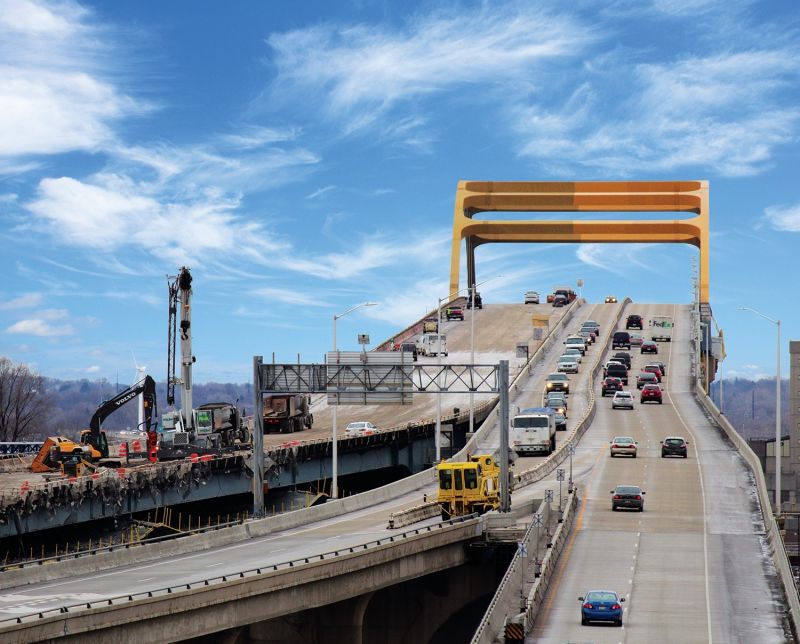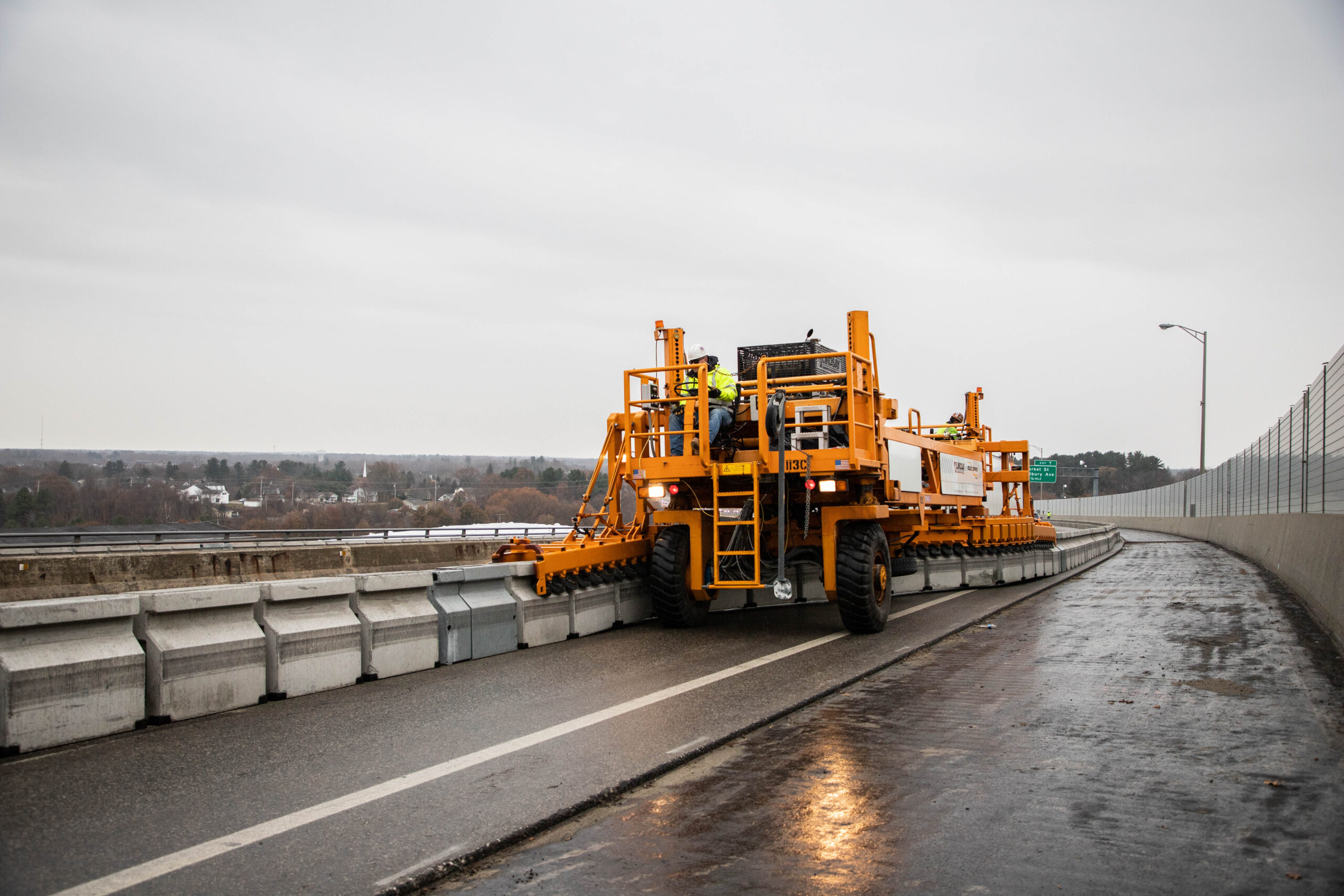Several state departments of transportation (DOTs) have recently elevated the use of Positive Work Zone Protection (PWP) by implementing hardened barriers. These barriers, which replace cones and plastic barrels, provide a higher level of protection for our workers, travelers, and meet sound engineering judgement. State DOTs have expanded PWP to a broader range of projects. The American Road and Transportation Builders Association (ARTBA), has long considered work zone safety as their number one priority for the protection of their industry’s workers and the traveling public, as does every state DOT in the nation.
ARTBA published their “Policy Statement on Positive Protection” on September 29, 2021 which included the following statement: “ARTBA believes the increased use of positive protective measures between workers and motorists is an important strategy to reduce the number of deaths, injuries, accidents, and delays. The need to act quickly and decisively is supported by U.S. Department of Transportation statistics showing that in 2019, there were over 115,000 crashes resulting in 39,000 injuries and over 840 fatalities.”(1)
The USDOT Federal Highway Administration (FHWA) has recently launched an effort to develop a National Work Zone Safety Strategic Plan (WZSSP). In a draft FHWA document reviewed by ARTBA and not yet published by FHWA, objective #5 is entitled: “Reduce Workspace Intrusions and Worker Struck-by Vehicle Crashes.” According to a January 2022 joint letter (2) to Martin Knopp, the associate administrator for operations at FHWA, several prominent national industry organizations including the American Road and Transportation Builders Association (ARTBA), the National Asphalt Paving Association (NAPA), the American Traffic Safety Services Association (ATSSA), the Laborers & Safety Fund of N. America, the American Highway Users Alliance, and the American Concrete Pavement Association (ACPA), offered multiple comments on the draft plan, including:
“a. A5-2 Encourages the use of Positive Protection as a worker and traffic safety strategy. This could be bolstered significantly by taking a fresh look at Subpart K and revising the approach the regulation takes to addressing positive protection. Currently, the language calls for use of positive protective measures if an engineering study indicates it would be appropriate. In actual application this language has shown that few states choose to do such a study— meaning positive protective measures have not advanced and the safety of workers as well as the traveling public may be jeopardized.”
We commend the FHWA for the work they are doing. This work will no doubt contribute significantly to advancing a high-level focus on PWP and foster collaboration with state DOTs and contractors. Working together, they can accelerate action to implement a national strategy.
Over the next few months, InfraTalk America will continue reporting on this important safety topic in a series of articles that will spotlight states that have either promulgated (or soon will), Positive Work Zone Protection policies aimed at reducing and ultimately eliminating work zone fatalities and serious injuries.
- ARTBA Positive-Protection-Policy-Statement.pdf
- ARTBAltrJoint-WZZP-Final.pdf
























